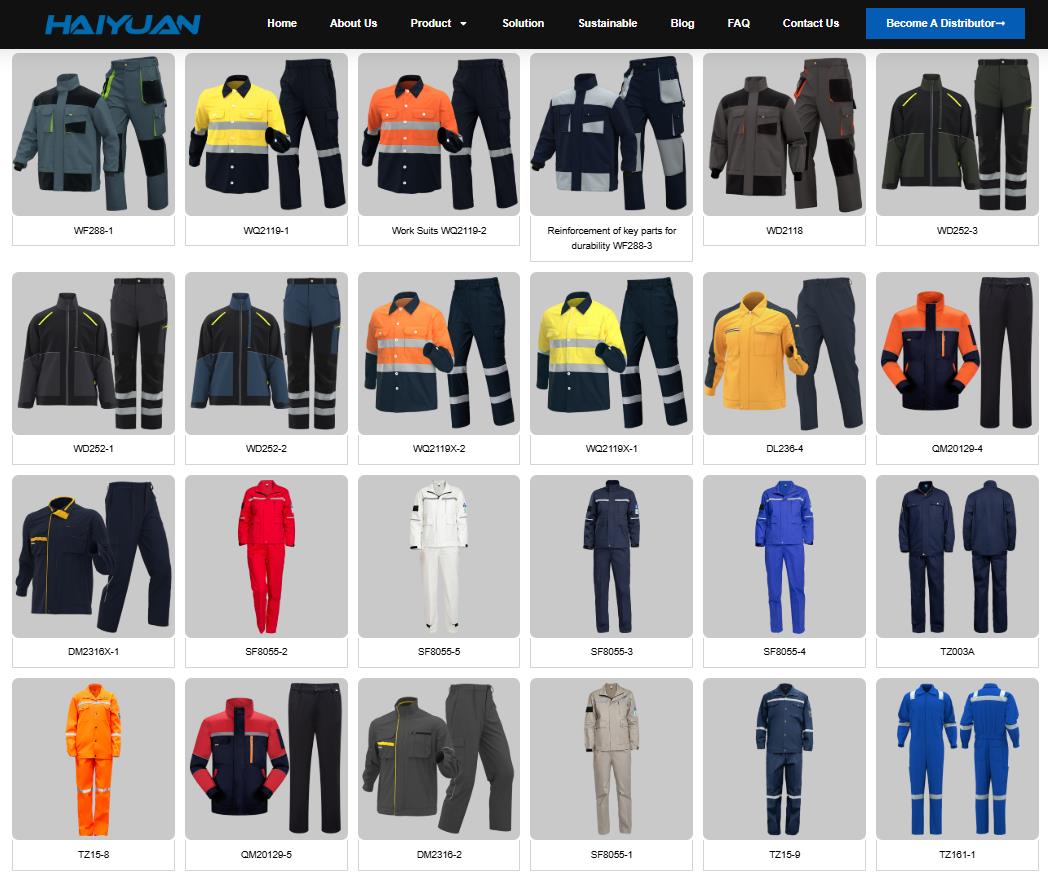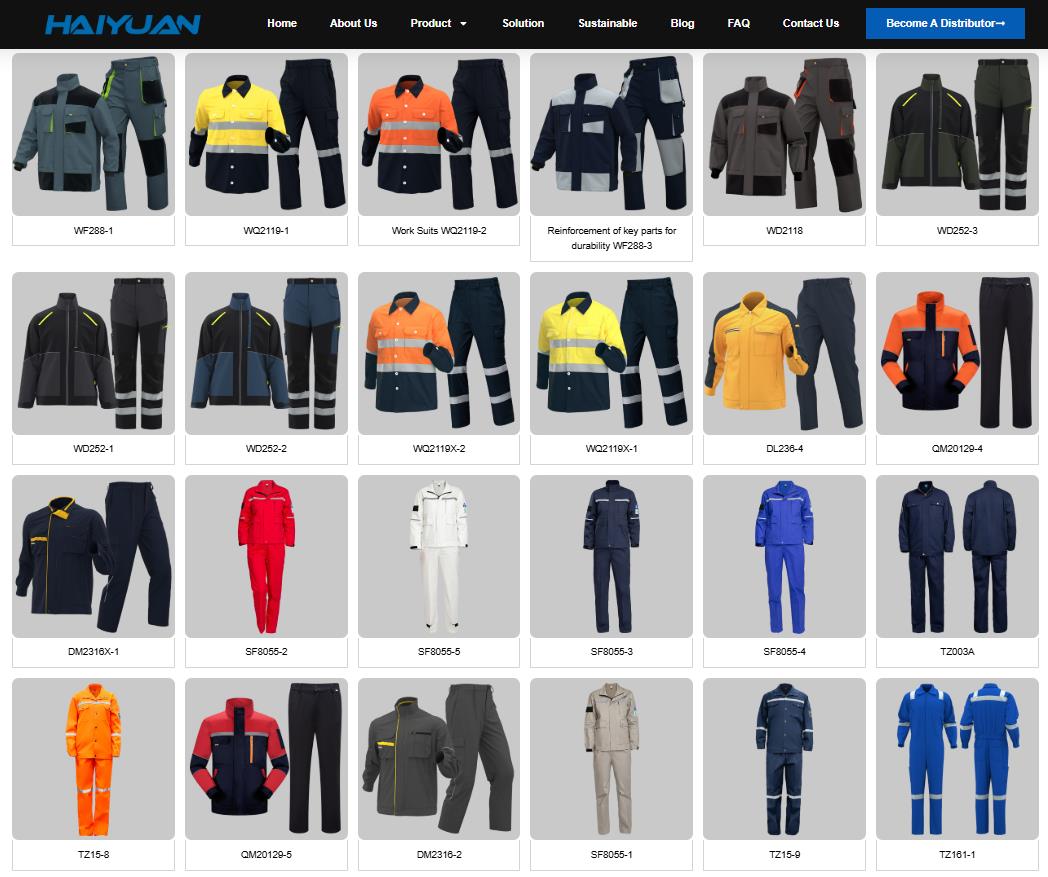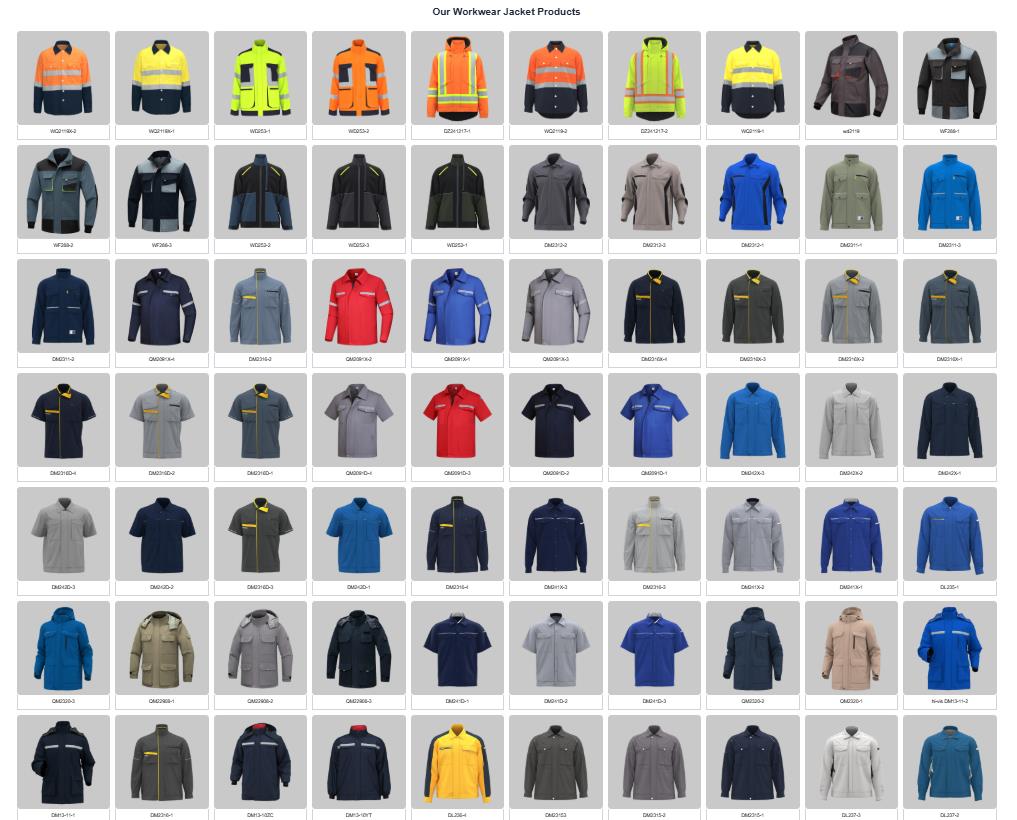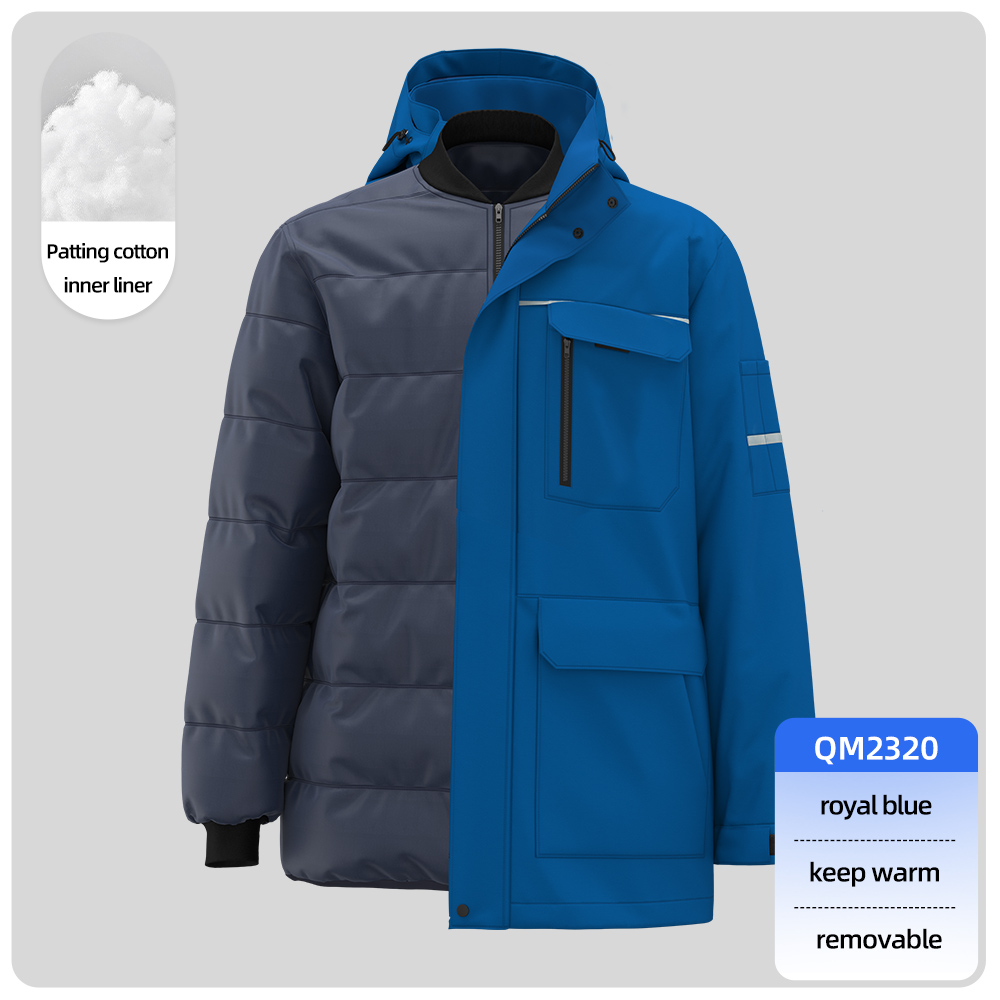The best electrical work clothes prioritize safety above all else, specifically Arc-Rated (AR) and Flame-Resistant (FR) protection meeting standards like NFPA 70E and ASTM F1506. Here’s a breakdown of what to look for, categorized by importance:
1. Non-Negotiables (Safety First):
-
Arc-Rated & Flame-Resistant (AR/FR): This is mandatory. Regular cotton or synthetics can melt or ignite during an arc flash, causing severe burns.
-
Look for Certification: Must meet ASTM F1506 (standard performance specification for FR workwear) and be rated for the Hazard Risk Category (HRC) determined by your workplace’s arc flash risk assessment (per NFPA 70E).
-
Material: Common fabrics include:
-
Inherently FR Fibers: Modacrylic, FR Rayon. Offer lasting protection that doesn’t wash out.
-
Treated FR Cotton: Cotton treated with FR chemicals. Effective, but protection can diminish over many washes (check manufacturer specs). Often more breathable.
-
-
-
100% Coverage: Shirts must have long sleeves, pants must be full-length (no shorts!). Gaps expose skin to flash hazards.
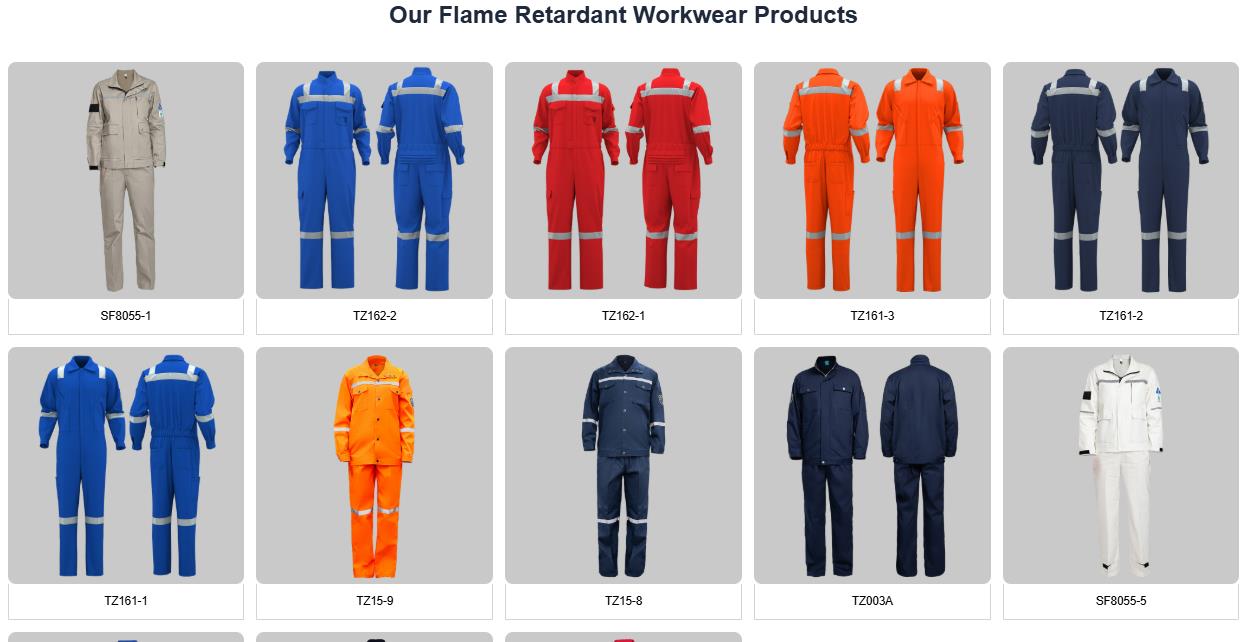
best electrical work cothes -
Proper Fit:
-
Snug, Not Tight: Loose clothing (especially sleeves) can catch on equipment or potentially funnel heat/flames towards the body. Excessively tight clothing can restrict movement and reduce the insulating air layer.
-
No Exposed Skin: Shirt should tuck into pants securely. Wrist cuffs should be snug but comfortable.
-
2. Key Features for Performance & Comfort:
-
Breathability & Moisture Wicking: Electrical work can be hot. Look for fabrics designed to pull sweat away and allow airflow. Mesh panels (under arms, back) are common.
-
Durability: Needs to withstand rugged environments (abrasion, snags). Look for reinforced knees, elbows, and seat. Ripstop fabrics are good.
-
Functionality:
-
Pockets: Ample, secure pockets (snap or hook-and-loop closures preferred over buttons) for tools and materials. Hammer loops, tool holders can be useful.
-
Knee Pad Pockets: Essential for comfort during prolonged kneeling.
-
-
Comfort & Mobility: Articulated knees, gusseted crotches, and stretch panels enhance movement. Weight of the fabric matters for all-day wear.
-
Visibility (Hi-Vis): Required for many outdoor or roadside electrical jobs. Look for ANSI Class 2 or 3 compliant FR/AR Hi-Vis shirts and jackets in fluorescent yellow-green or orange with reflective tape.
Top Brands Known for Quality FR/AR Workwear:
-
Henglu: Known for comfort, durability, and innovative FR fabrics (often Cotton FR). Popular for trades.
-
Carhartt FR Series: Rugged, trusted brand with a wide range of FR options (Force, Rugged Flex lines). Excellent durability.
-
Bulwark: A leading specialist in FR workwear, offering a vast selection for different HRCs and applications.
-
Tyndale: Another major FR specialist, often supplying uniforms. High quality and variety.
-
Wrangler FR (Riggs Workwear): Offers good value and comfort with solid FR protection.
-
Dickies FR: Reliable, widely available, and cost-effective FR options.
-
Lakeland FR / Westex (By Milliken): Industry leaders in FR fabric technology, supplying many brands and also making their own garments.
-
Portwest FR: Offers a broad range of FR solutions, often good value.
Specific Clothing Recommendations:
-
Shirts:
-
Long-Sleeve FR/AR Shirts: Choose based on climate (lightweight for heat, heavier for cold). Options include button-down work shirts, polos (check if AR/FR rated), and henleys. Look for features like pen pockets, radio loops.
-
-
Pants:
-
FR/AR Work Pants: Cargo pants are popular for tool storage. Look for reinforced knees, articulated knees, gusseted crotch, and knee pad pockets. Denim-style or canvas-style available.
-
-
Coveralls / Bibs:
-
FR/AR Coveralls: Provide full-body protection and eliminate the gap at the waist. Good for high-risk tasks or messy jobs.
-
FR/AR Bib Overalls: Offer torso protection over a regular FR shirt, good for layering.
-
-
Outerwear (Seasonal):
-
FR/AR Jackets & Parkas: Insulated for winter. Ensure they are AR/FR rated and don’t melt (no non-FR outer shells!).
-
FR/AR Rain Gear: Essential for wet conditions. Must be specifically FR/AR rated waterproof gear.
-
-
Base Layers:
-
FR/AR Undershirts & Long Johns: Crucial! Any layer worn under FR outerwear must also be FR/AR. Non-FR underlayers can melt in an arc flash, causing severe burns. Look for comfortable, moisture-wicking FR thermals.
-
Essential Accessories (Must Also Be FR/AR or Non-Melting):
-
Hard Hat: Class E (Electrical) rated (20,000V) with appropriate FR/AR suspension. Arc-rated hard hat options exist.
-
Safety Glasses / Face Shield: Must be non-conductive and meet impact standards. Arc-rated faceshields are required for higher HRC tasks.
-
Hearing Protection: Often needed on job sites.
-
Gloves: Leather protectors over voltage-rated rubber insulating gloves (for shock protection). The leather protectors should be FR. For lower-risk tasks, standalone FR work gloves are used.
-
Footwear: EH (Electrical Hazard) rated safety boots/shoes to reduce shock risk from ground contact. Leather or other non-melting materials are best. Avoid metal components where possible.
-
Balaclava / Hood: FR/AR for head/neck protection under the hard hat during high-risk work.
-
FR/AR Socks: Any exposed sock material must be FR (if pants ride up). Cotton socks can be okay if covered by FR pants and boots, but FR socks are safer.
Choosing the “Best” For YOU:
-
Know Your Hazard Risk Category (HRC): This dictates the minimum Arc Rating (ATPV or EBT) required for your clothing. Never wear FR clothing rated below your assessed HRC. Consult your employer/safety manager.
-
Consider Your Environment: Hot climates demand lightweight, breathable FR. Cold/wet climates need insulated/waterproof FR layers.
-
Prioritize Fit and Comfort: You’ll wear it all day. Try different brands and styles. Snug but not restrictive is key.
-
Durability Needs: How rough is your job? Reinforcements add longevity.
-
Budget: Quality FR is an investment in safety. While cost matters, never compromise on the required AR rating.
In summary, the “best” electrical work clothes are inherently or durably flame-resistant, arc-rated for your specific hazard level, provide full coverage, fit properly, and are durable/comfortable enough for your work environment. Always prioritize certified protection (ASTM F1506, NFPA 70E) over style or cost alone. Consult safety guidelines and your employer before purchasing.

